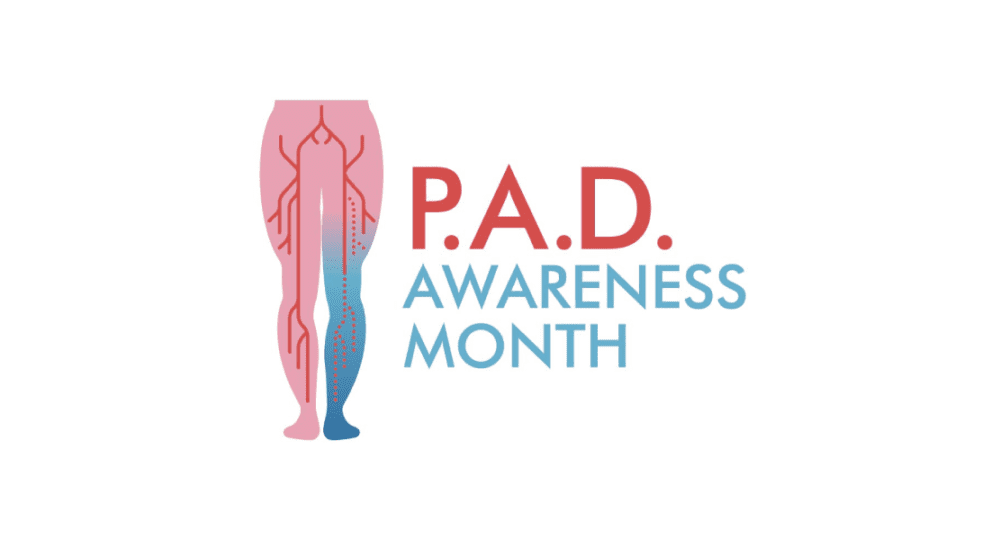Peripheral arterial disease is a relatively common disease found in older Americans, affecting 1 in 20 Americans aged 50 years and older. PAD occurs when fat and cholesterol circulating in the blood, collect on the walls of your arteries. These fats and cholesterols begin to form a “plaque” that causes narrowing in your arteries, potentially decreasing the flow of blood to your extremities. PAD is most commonly found in the arteries that supply blood flow to your legs but can also occur in other areas of your body, including your heart, brain, arms, and other organs.
Peripheral Arterial Disease increases the risk for both having a heart attack and a stroke. Modern Vascular, an affiliated group of clinics across the country that provides minimally invasive treatments for PAD, has created a quiz to help you determine if you are at risk for PAD: PAD Risk Assessment If you find that you are at high risk for peripheral arterial disease, talk to your healthcare provider right away.
Although PAD is a common disease among Americans and can lead to some very serious complications, it can be treated and prevented! The U.S. Department of Health and Human Services has created a PAD fact sheet so that you can recognize the signs of PAD and get treatment right away. It also notes several lifestyle changes that you can make to treat the disease and lower your risk in the first place, including: quit smoking; correct high blood pressure, high cholesterol, and high glucose levels; adopt a healthy diet; increase physical activity and optimize weight control.
—
Resources:
Graphic courtesy of CardioVascular Coalition





